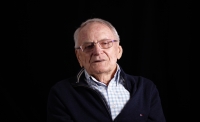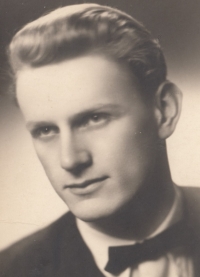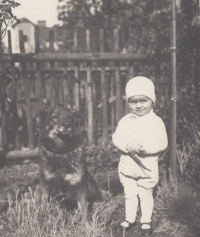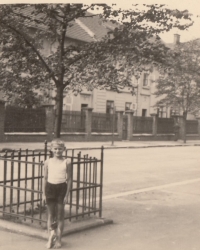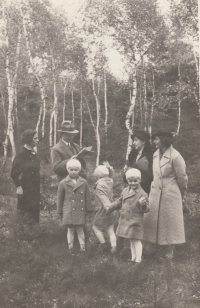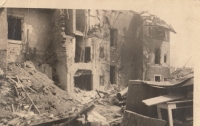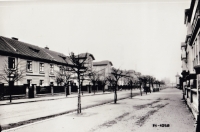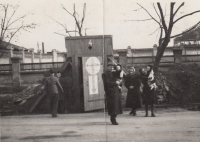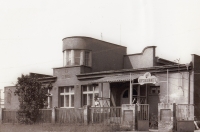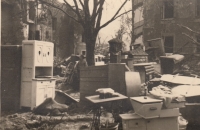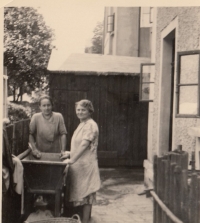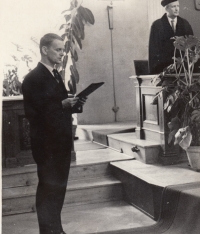“We’re at Aunt Ela’s,” was the sign on the remains of their house in Karlov when he returned from the battlefront
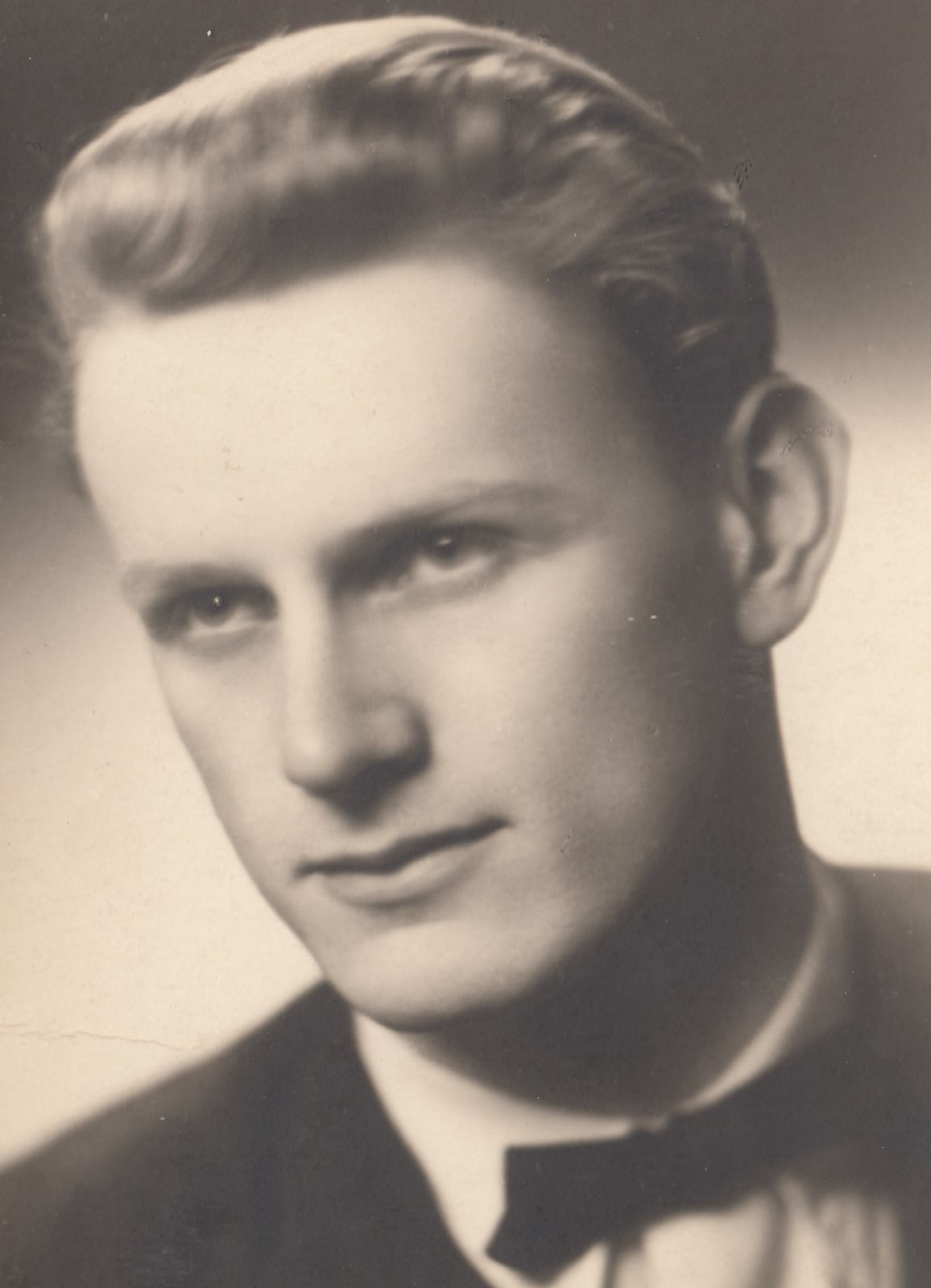
Download image
Jan Herejk was born in Pilsen on October 14, 1928. He had two brothers, Jiří and Jindřich. His father, Jan Herejk, worked at the Škoda factories in Pilsen, which is why the family got an apartment in a workers’ colony called Karlov, built precisely for the purpose of housing company employees. Jan Herejk spent his entire childhood in this distinctive part of the city. In its heyday, there were over five hundred housing units, various cultural facilities, a doctor and other amenities contributing to the full civic facilities of the colony. Jan Herejk even went to general and city schools here. In 1942, he passed the exams for secondary technical school, where he began his studies. But those were already the wartimes which significantly changed life in Karlov. Several air raids which damaged many houses contributed to this the most. At that time, however, Jan Herejk was in Poland, where he was building barriers against the advancing Red Army as a conscript. On his return in May 1945, he found their house bombed. The family moved to an apartment on Klostermannova Street. Jan Herejk returned to his studies at the secondary technical school, which he completed in 1948, and then joined Škodovka as a design engineer. In the same year, he joined the Communist Party. However, he broke with the party politics after 1968, when he signed the Two Thousand Words manifesto and did not revoke his signature even after the August occupation by Warsaw Pact troops. He was expelled from the party. However, he worked for the Škoda factories in Pilsen until his retirement. He also taught at the University of West Bohemia in Pilsen in the early nineties. He was married twice. He has a daughter and a son. At the time of the interview (2022), he was still actively interested in the affairs of the meetings of Karlováks, former residents of the workers’ colony. He also contributed to the mapping of its history. For example, he participated in an exhibition dedicated to this district.
